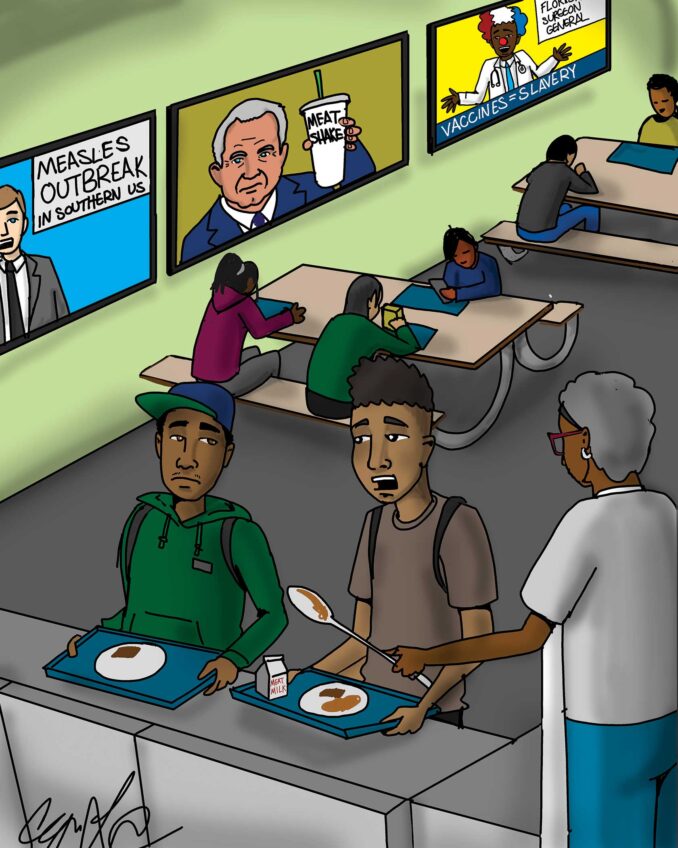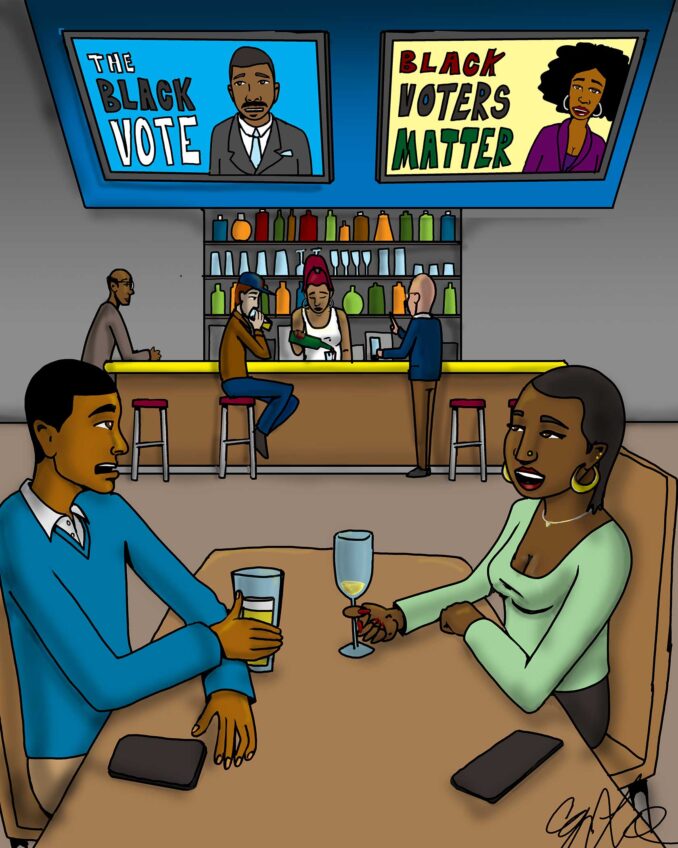Black borrowers stand to benefit the most from new plan for student loan relief
When the Biden administration announced its latest initiative to reduce the nation’s unsustainable trillion-dollar student debt, both borrowers and advocates rejoiced. In the coming weeks an estimated 804,000 student loan borrowers will together receive $39 billion in federal loan debt cancellations. In Massachusetts, more than 12,000 are to have $592 million forgiven.
These unprecedented debt cancellations are available due to systemic corrections that will now ensure all borrowers receive full credit for qualifying payments under the Department’s Income Driven Repayment (IDR) plans.
More importantly, these developments signal one of the very few times that Black student loan borrowers stand to become the initiative’s biggest beneficiaries. Recent data analyses underscore the extra student debt borne by Black America.
To paraphrase President Joe Biden’s reaction to national health being passed when he served as Barack Obama’s vice president, “This is a big deal.”
According to the Education Data Initiative:
• Black college graduates owe an average of $52,000 in student loan debt;
• More than half of these borrowers say their net worth is less than their student debt;
• Black student loan borrowers are the most likely to struggle financially to make a $250 monthly payment; and
• Four years after graduation, Black loan borrowers owe an average of 188 percent more on their debt than whites.
Further, as of June 1, 2021 – long before this new initiative, only 157 borrowers received forgiveness from the Education Department, despite the fact that thousands more were also eligible, according to the federal Government Accountability Office. This office also found that about half of more than $1 trillion in outstanding federal student Direct Loans are being paid by borrowers using IDR plans.
Now, federal loan borrowers who have reached the equivalent of either 20 or 25 years of qualifying months will benefit. Additionally, loan payments made prior to a loan consolidation will also be counted toward forgiveness.
“By fixing past administrative failures, we are ensuring everyone gets the forgiveness they deserve, just as we have done for public servants, students who were cheated by their colleges, and borrowers with permanent disabilities, including veterans,” Secretary of Education Miguel Cardona said.
Borrowers receiving notifications in the coming days include those with Direct Loans or Federal Family Education Loans held by the Department (including Parent PLUS loans of either type) who have reached the necessary forgiveness threshold.
Discharges will begin 30 days after emails are sent. Then, borrowers will receive a second notice – from their loan servicer – after their debt is discharged. Those receiving forgiveness will have repayment on their loans paused until their discharge is processed, while those who opt out of the discharge will return to repayment once payments resume.
The Center for Responsible Lending (CRL) applauded the administration for forgiving hundreds of thousands of loans through the improved income-driven repayment program. It commended the action as a critical step but highlighted the need for more work to be done.
“We look forward to working with the administration to develop additional programs and regulations that will make the repayment of federal student loan debt fairer and more affordable,” said Jaylon Herbin, director of federal campaigns at CRL. “Hard-working Americans pay for a broken student loan system that was supposed to be designed for them. Instead, banking and education industry lobbyists turned it into a cash cow for themselves, skyrocketing tuition costs and telling low-and-middle income families not to worry, ‘the debt will pay for itself.’ More than two decades later, these borrowers were still paying their loans.”
Tom Shapiro, a Brandeis University professor and author of several reports examining the nation’s nagging racial wealth gap, offered in earlier research a succinct summary of Black America’s financial disparities.
“As somebody who has looked at racial wealth inequality for a long time, I didn’t have to think long and hard about why that would be the case,” Shapiro says. “African American and Latinx student borrowers finish higher education at a lower rate and come out with higher debt. So, they pay more for college and get less out of it.”
Charlene Crowell is a senior fellow with the Center for Responsible Lending.






